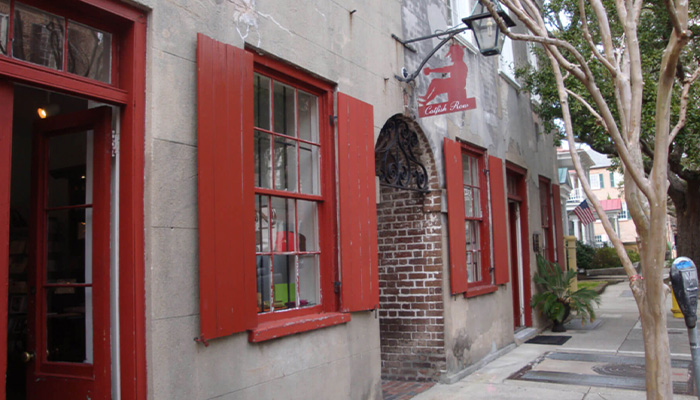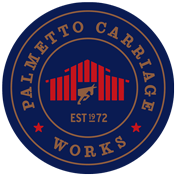The Sights Of Charleston
Cabbage Row Palmetto Carriage Works®

Charleston is a city rich in history that dates back further than that of most American cities. There is so much to see and learn here in this charming city by the sea that you may find a relaxing carriage ride with a knowledgeable tour guide is the best way to see and discover the most at one time.
18th century architecture abounds here and you won’t be disappointed when your carriage tour travels down Church Street and past some interesting historical structures. Located on 89-91 Church Street is a three storied row of houses locally known as Cabbage Row.
Cabbage Row is a structure from the Revolutionary War era. It is a well preserved example of this type of home, consisting of a pair of houses connected by a central arcade. The structure is three stories tall with commercial ground floors that have stood the test of time. The area is now lined with private homes and specialty shops but that wasn’t always the case.
At one time, Cabbage Row was home to up to ten families at a time and was mostly inhabited by the African American families of freed slaves. This is also where the name, Cabbage Row, was born. African Americans living in these row houses would sell cabbage right from their window sills. The building continued to house a tenement into the early 1900s.
If you stop by Cabbage Row you may be confused by a sign on the building which reads “Catfish Row.” This more recent name comes from a book written by Charleston and Church Street native, Dubose Heyward. Cabbage Row was the setting for his novel and in it, the name was changed to Catfish Row in order to reflect the fictional location by the sea. His 1925 novel, Porgy, was also the basis for George Gershwin’s opera, Porgy & Bess.
